

OK, so you want to train your gaze on celestial bodies and reach far into the heavens… one of the best telescopes for stargazing is what you need, right?
While common sense would dictate that's the case, and in many respects that first instinct would be correct, there's another option. Some of the best binoculars around are also suitable for gazing into the heavens, and could prove just as satisfying as a telescope.
The best choice depends on what you're looking to achieve and the budget available to you. Those on a lower budget, for example, may find a good pair of binoculars offering a better level of specification for less money than the equivalent telescope. But as always, the old adage 'you get what you pay for' applies. In this guide, we're going to look at the pros and cons of telescopes vs binoculars for stargazing.
- New to stargazing? Here are the best telescopes for beginners
Binoculars vs telescopes for stargazing: pros and cons
The first thing and most obvious difference to point out is that while telescopes have one eyepiece, binoculars have two. One way to think of it is that binoculars are essentially two telescopes put together, meaning that they can be used with two eyes – so no need to shut one eye when using, as you would with a telescope (or one of the best monoculars... but that's a different article). In both cases however, the barrel or tube housing the optics needs to collect light and transmit it to the user's eye via the eyepiece, so the principles are the same.
If you're considering binoculars as an alternative for astronomy, then you'll probably already be aware that there are two types of binoculars – roof and porro prism – while there are three core types of telescopes – refractor, reflector and compound. While you'll find an examination of the different telescope types elsewhere on this site, when it comes to binoculars, roof prism binos have their objective lenses in the same straight line as their eyepieces, while porro prism binos the eyepieces are closer together and the objective lenses further apart.
- Celestron SkyMaster 25x100 vs Canon 18x50 IS AW: two excellent stargazing binoculars compared
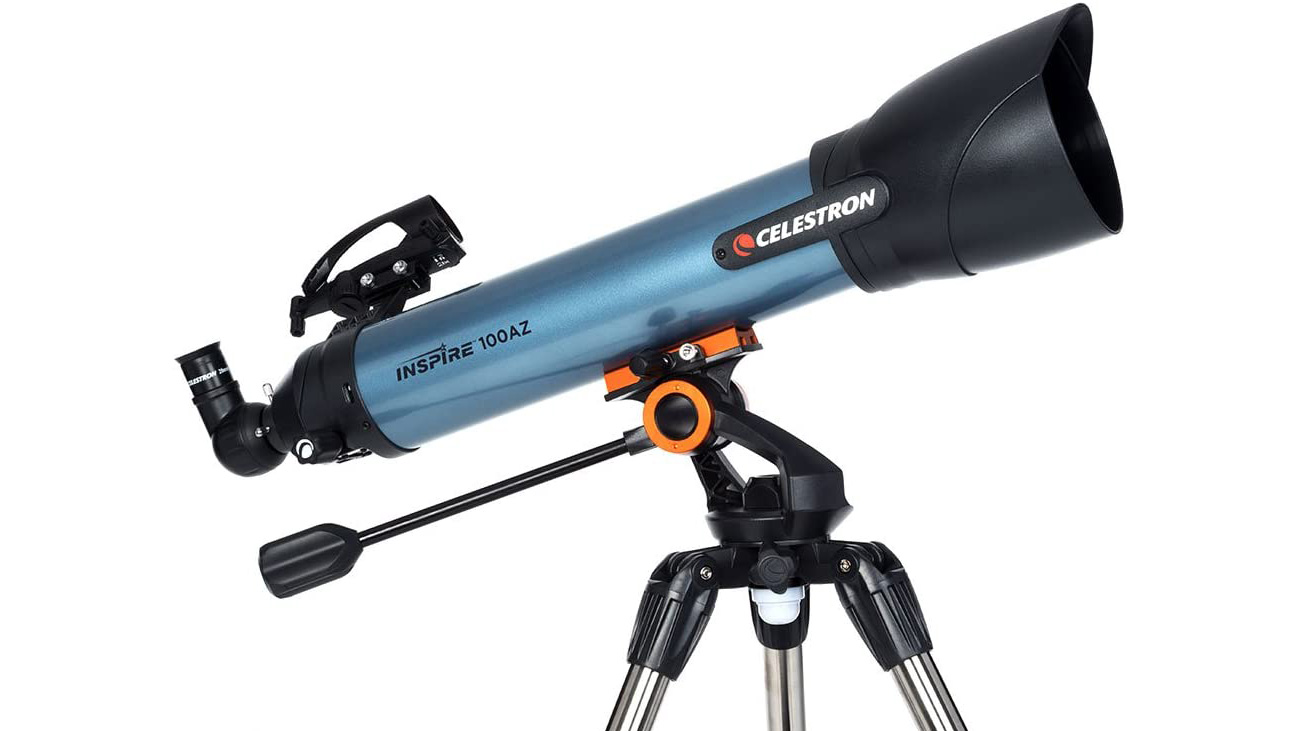
Celestron Inspire 100AZ Refractor Telescope
In comparison with telescopes, binoculars tend to be more lightweight and portable, easy to use and convenient – and while there may be models particularly suited to stargazing, they can also be used for other purposes.
As well as offering a decent set of optics, good binoculars are typically waterproofed and, due to built-in anti fogging features, can be used outdoors in all weathers. Image orientation is always the right way up and though a tripod would be recommended if you want to hold them steady enough to study the stars, they can also be held in place with a neck or body strap to avoid hand holding for long periods.
Sign up to the T3 newsletter for smarter living straight to your inbox
Get all the latest news, reviews, deals and buying guides on gorgeous tech, home and active products from the T3 experts
When compared with binoculars however, telescopes typically offer big apertures, long focal lengths and high magnification eyepieces – all with the aim of bringing those deep space objects closer and sharper into focus. They are specialised for and specific to astronomical use and can be used for astrophotography, whereby cameras or smartphones can be attached to photograph or video deep space explorations. They're typically sold with mounts and tripods included in the package, while interchangeable eyepieces can be used to adjust magnification as required, depending on whether a celestial object is near or far. Computerised tripods and provided software can also be used to automatically guide your telescope to specific points of interest in the night sky and various calendar events, something that's beyond the scope of mere binoculars.
To sum up, telescopes tend to offer more flexibility for stargazing, while binoculars are better as a general-purpose 'all round' tool.
Binoculars vs telescopes: which would suit you?
It goes without saying that anyone into hiking or walking in the great outdoors, who is looking for a device to bring the faraway closer, may well be better off with a pair of binoculars due to their smaller size, portability and, typically, weather-proofing. Binoculars are also more versatile when it comes to subject matter than telescopes, in that they can be used for viewing the land as well as the sky.
However, do consider the need for a tripod or similar support accessory if you are actually going to be using binoculars for locating heavenly bodies and points of interest in the night sky.
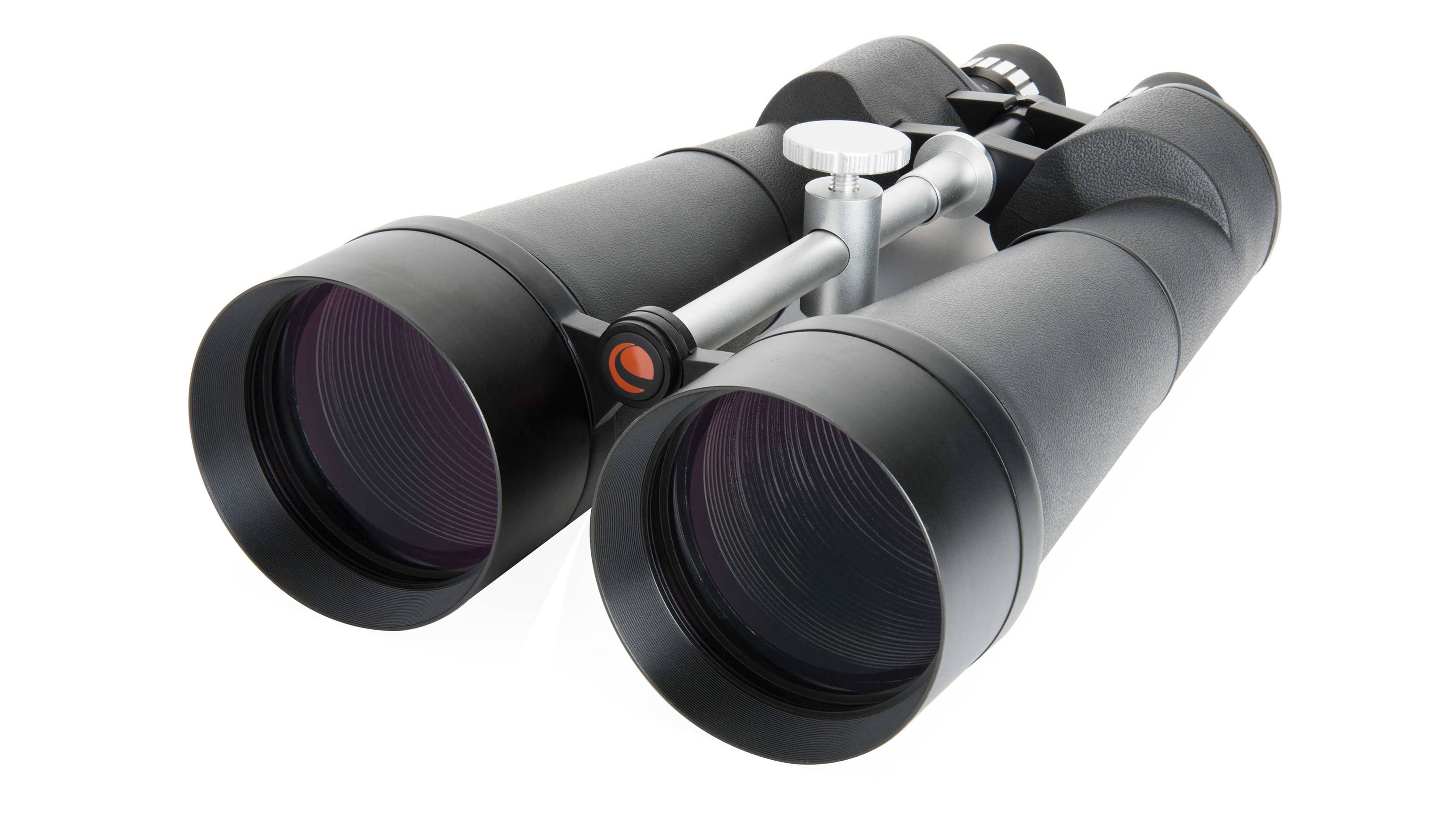
Celestron Skymaster 25x100 binoculars
While telescopes require a mount and a tripod to move and set up, this does leave our hands free, while for newcomers a computerised scope, although obviously much more expensive than a standard tape top variety, will automatically guide you to specific points of celestial interest.
Of course, in all of this, there is your own budget to consider. While one might assume that a pair of binoculars is going to be less expensive than a dedicated telescope, at the entry and mid level part of the market that's not always the case. And if you're not going to be looking to take your viewing device of choice outside in all weathers, and are seeking a specific tool for star gazing, then the telescope will still typically come up trumps.
Binoculars vs telescopes: features to look for
On a pair of binoculars you'll want to be chiefly looking at the numbers given as part of the model name – for example 10x42 – which denotes a device with a 10x magnification and 42mm objective lens. For stargazing, you don't really want to be considering anything smaller than a 42mm.
The greater the magnification the farther away you'll be able to see, while the larger the objective lens the more light will be let in, translating into a better, brighter image. A rough rule of thumb is that the larger the numbers are the physically bigger the binos are and, as night follows day, the more you'll pay. Other important features when it comes to binoculars are to look to see if they offer nitrogen purged housing or casing, which will prevent fogging when used in cold and wet conditions in the great outdoors.
While most people would never consider using a telescope in the cold and the wet – even if you do want a clear night sky free of light pollution – you'll also want to be looking for a large objective lens and aperture, the latter of which often featuring in the model's name, for example the Celestron NexStar 8SE, where the '8' denotes an 8-inch aperture – as well as eyepieces with a decent range of magnification options, plus as checking out the core focal range of the telescope itself, given in millimetres.
- Browse the best GoPro deals
- Stay dry with one of the best waterproof jackets
- Browse the best hiking boots
- ... and the best women's hiking boots
Gavin Stoker has been writing about photography and technology for the past 20 years. He currently edits the trade magazine British Photographic Industry News - BPI News for short - which is a member of TIPA, the international Technical Imaging Press Association.
-
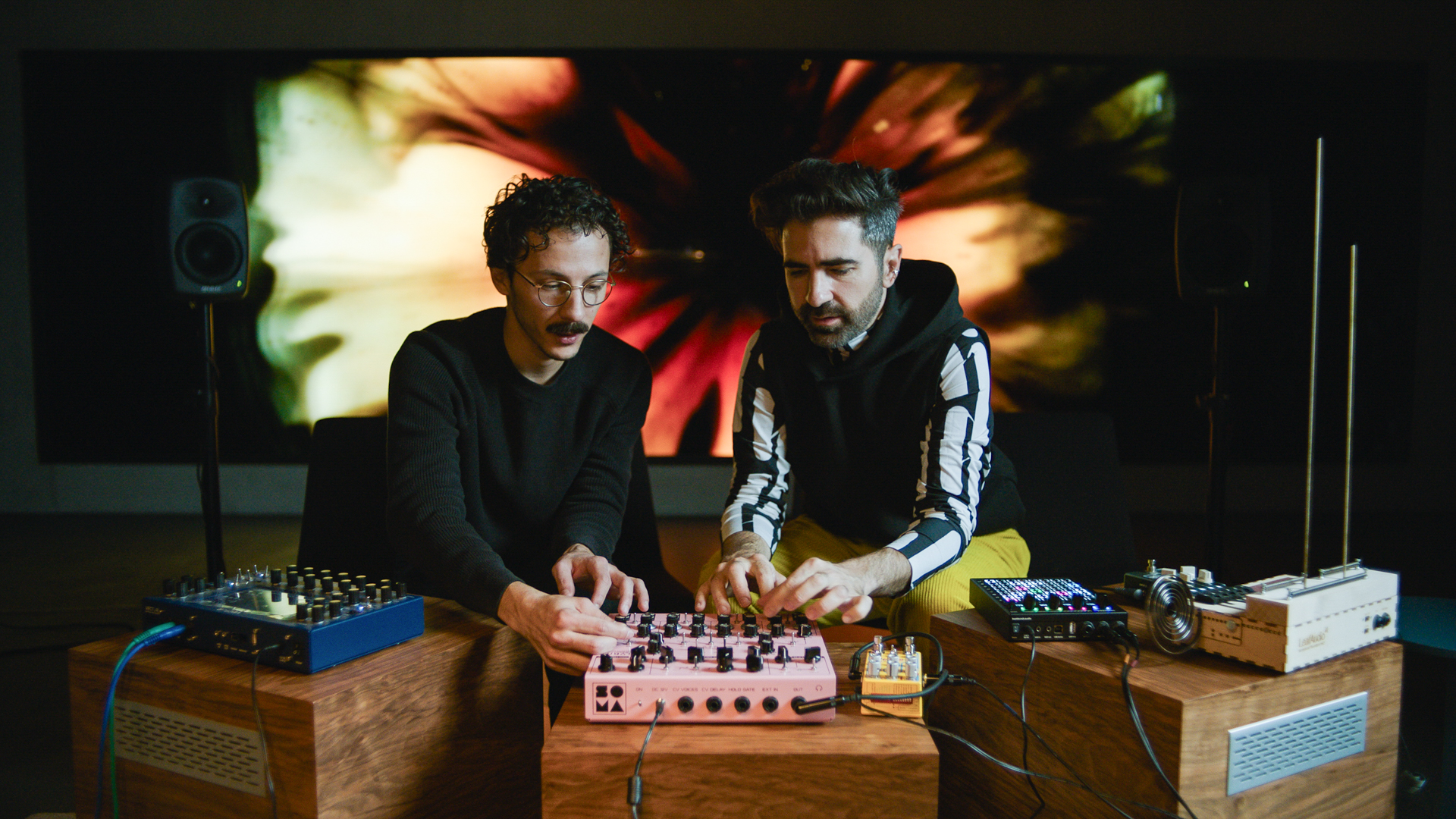 This is the sound of BMW's upcoming Neue Klasse EVs
This is the sound of BMW's upcoming Neue Klasse EVsHas BMW cracked the problem of making EVs sound fun with its next-gen soundscape for its Neue Klasse cars
By Alistair Charlton
-
 Build unshakeable core strength with a kettlebell and these three exercises
Build unshakeable core strength with a kettlebell and these three exercisesAdd this to the end of your workout to fire up your midsection muscles
By Bryony Firth-Bernard
-
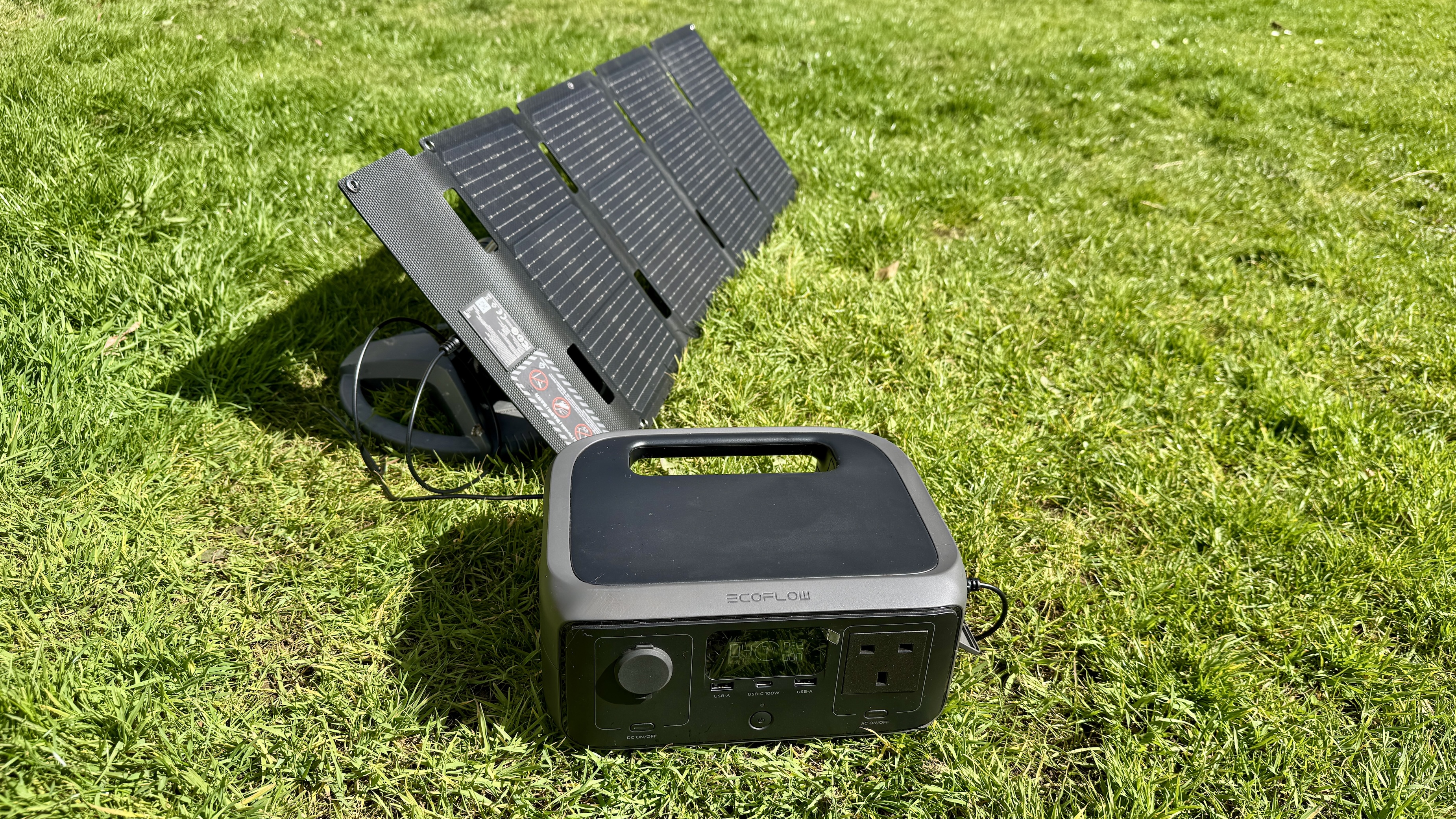 EcoFlow River 3 UPS review: Downsizing power without compromise
EcoFlow River 3 UPS review: Downsizing power without compromiseKeep the juice flowing with EcoFlow’s latest travel buddy
By Derek Adams
-
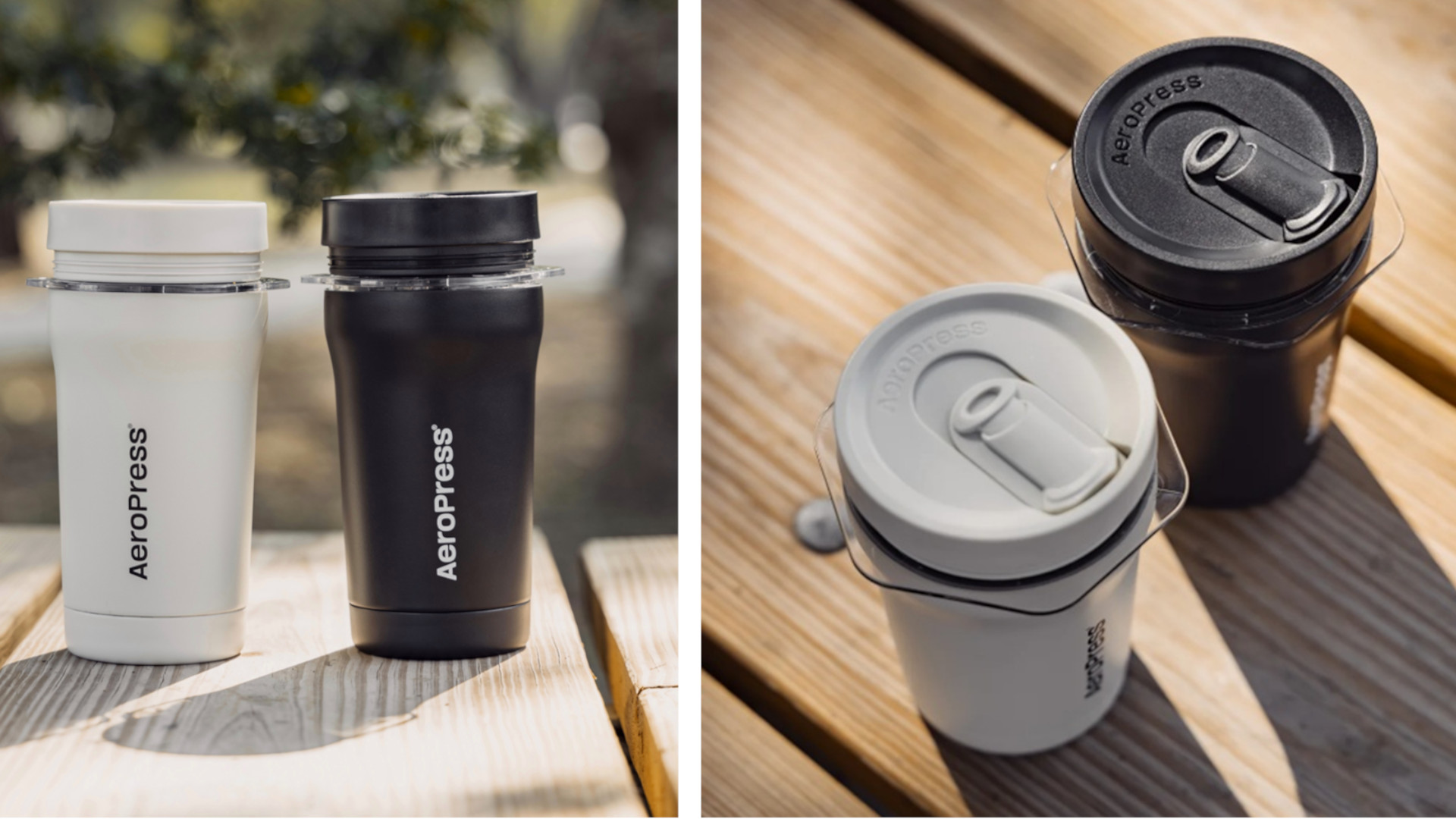 The AeroPress Go Plus is the gadget I need for my next outdoor adventure
The AeroPress Go Plus is the gadget I need for my next outdoor adventureWhether you’re off camping or heading on a hike, the new AeroPress Go Plus lets you enjoy great coffee on the go
By Bryony Firth-Bernard
-
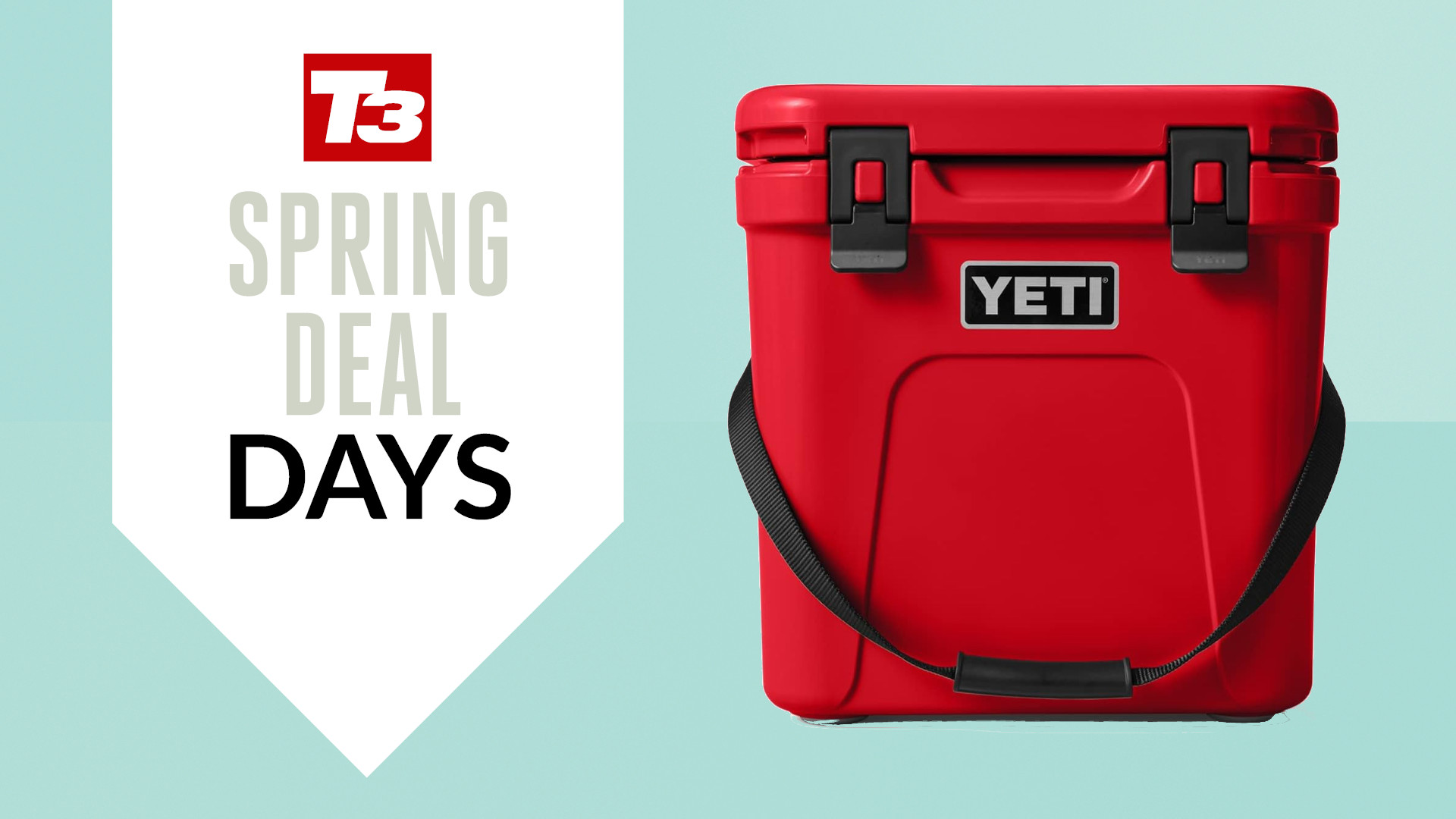 YETI has discounted a ton of its best-selling coolers and tumblers in Amazon’s Big Spring Sale
YETI has discounted a ton of its best-selling coolers and tumblers in Amazon’s Big Spring SaleJust in time for the warmer months
By Bryony Firth-Bernard
-
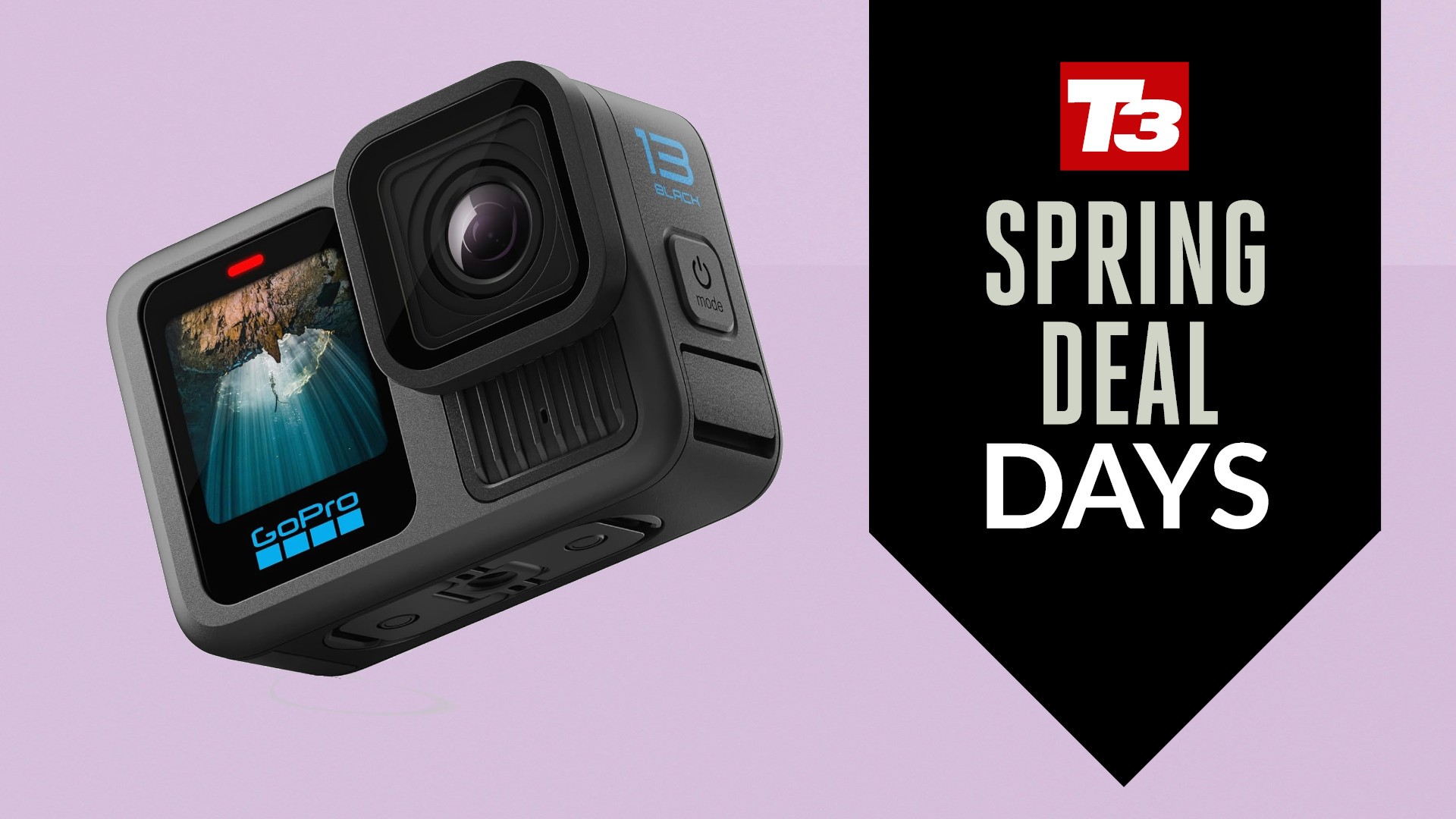 GoPro's latest flagship action cam just got a major price cut in Amazon's spring sale deal
GoPro's latest flagship action cam just got a major price cut in Amazon's spring sale dealYou can pick up the Hero 13 Black with almost 20% off
By Lee Bell
-
 How to pack your rucksack for a hiking or camping trip
How to pack your rucksack for a hiking or camping tripPack properly, save space and get easier access to the items you need the most
By Bryony Firth-Bernard
-
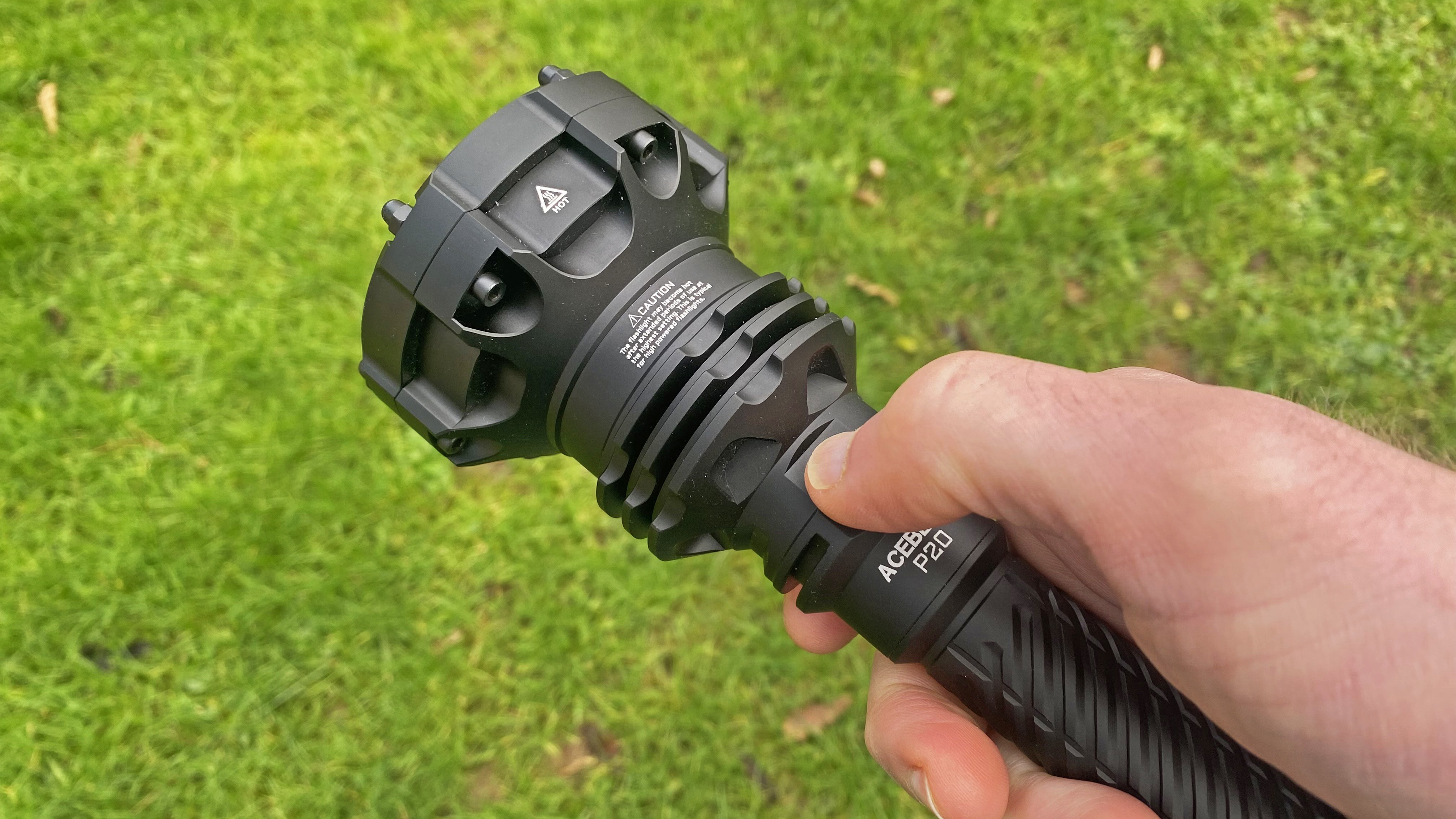 AceBeam P20 review: A skinny flashlight that packs a mighty punch
AceBeam P20 review: A skinny flashlight that packs a mighty punchFeel the force and slice the night with this light sabre, which has a range of over a kilometre
By Pat Kinsella
-
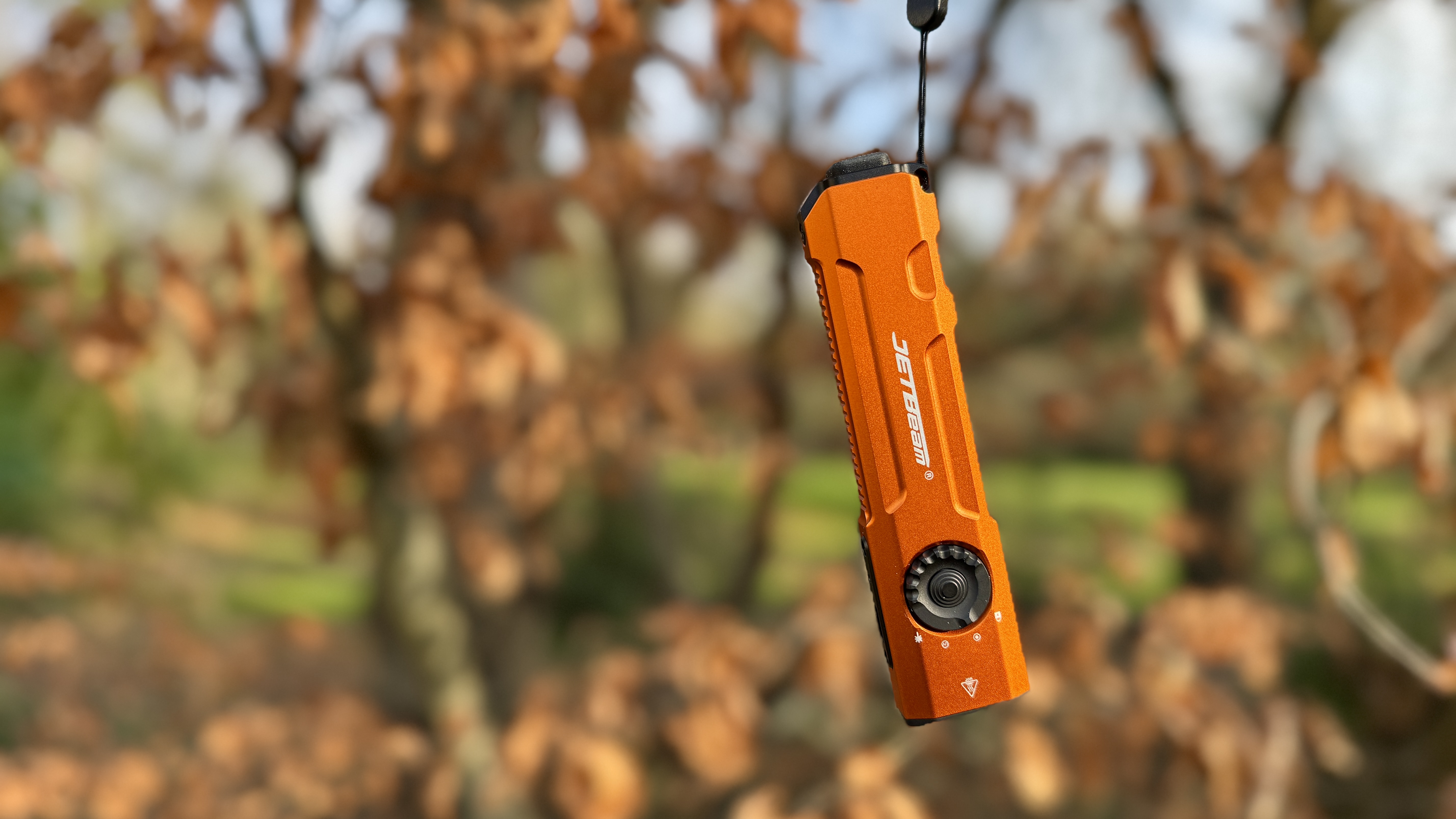 Jetbeam E26-UV Kunai pocket torch review: Let there be light. Loads of it
Jetbeam E26-UV Kunai pocket torch review: Let there be light. Loads of itBright, durable UV-enabled pocket torch for everyday excellence
By Derek Adams
-
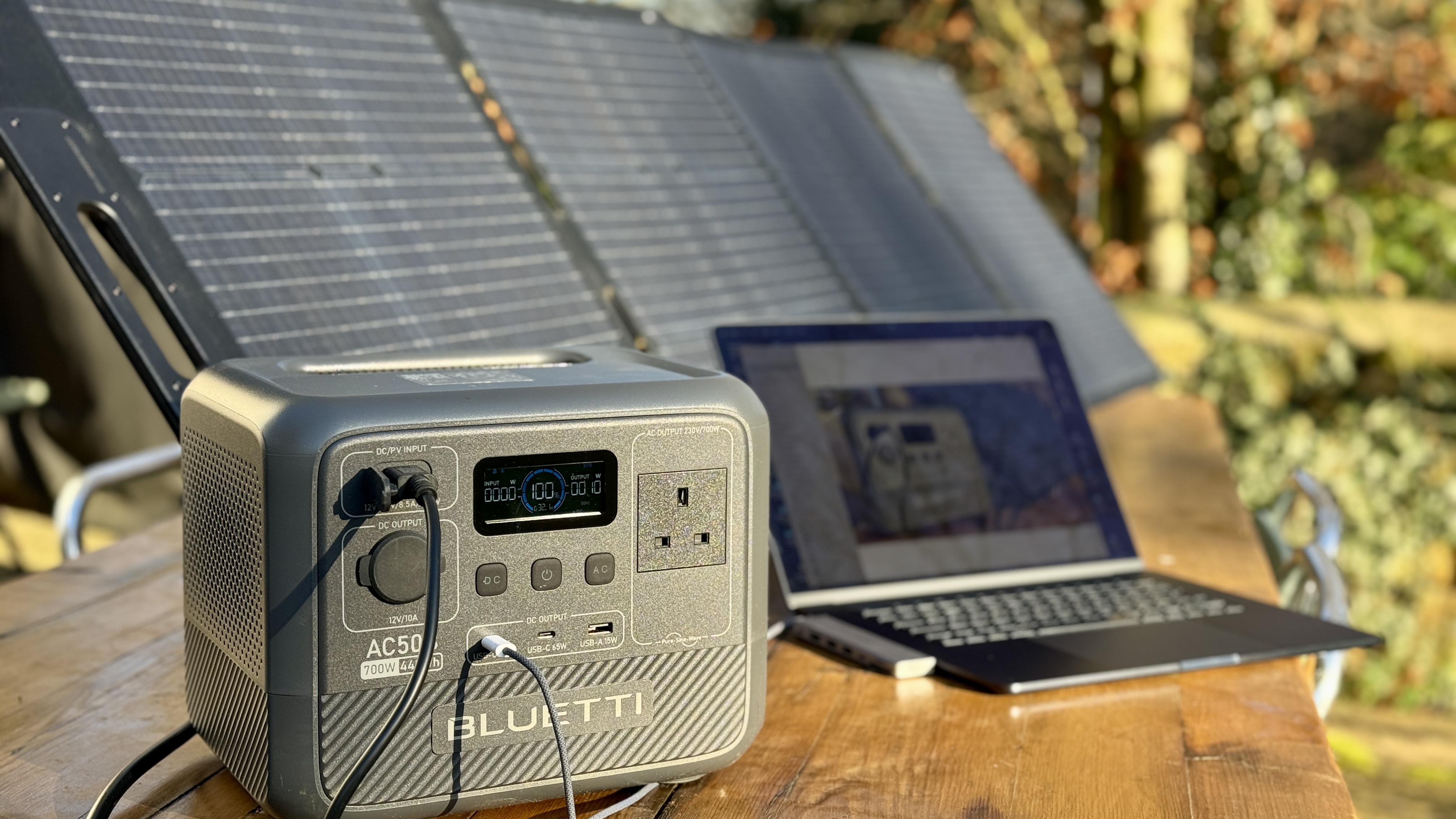 Bluetti AC50B review: a compact powerhouse for outdoor adventures and home emergency backup
Bluetti AC50B review: a compact powerhouse for outdoor adventures and home emergency backupKeenly-priced portable power for light day-to-day use
By Derek Adams